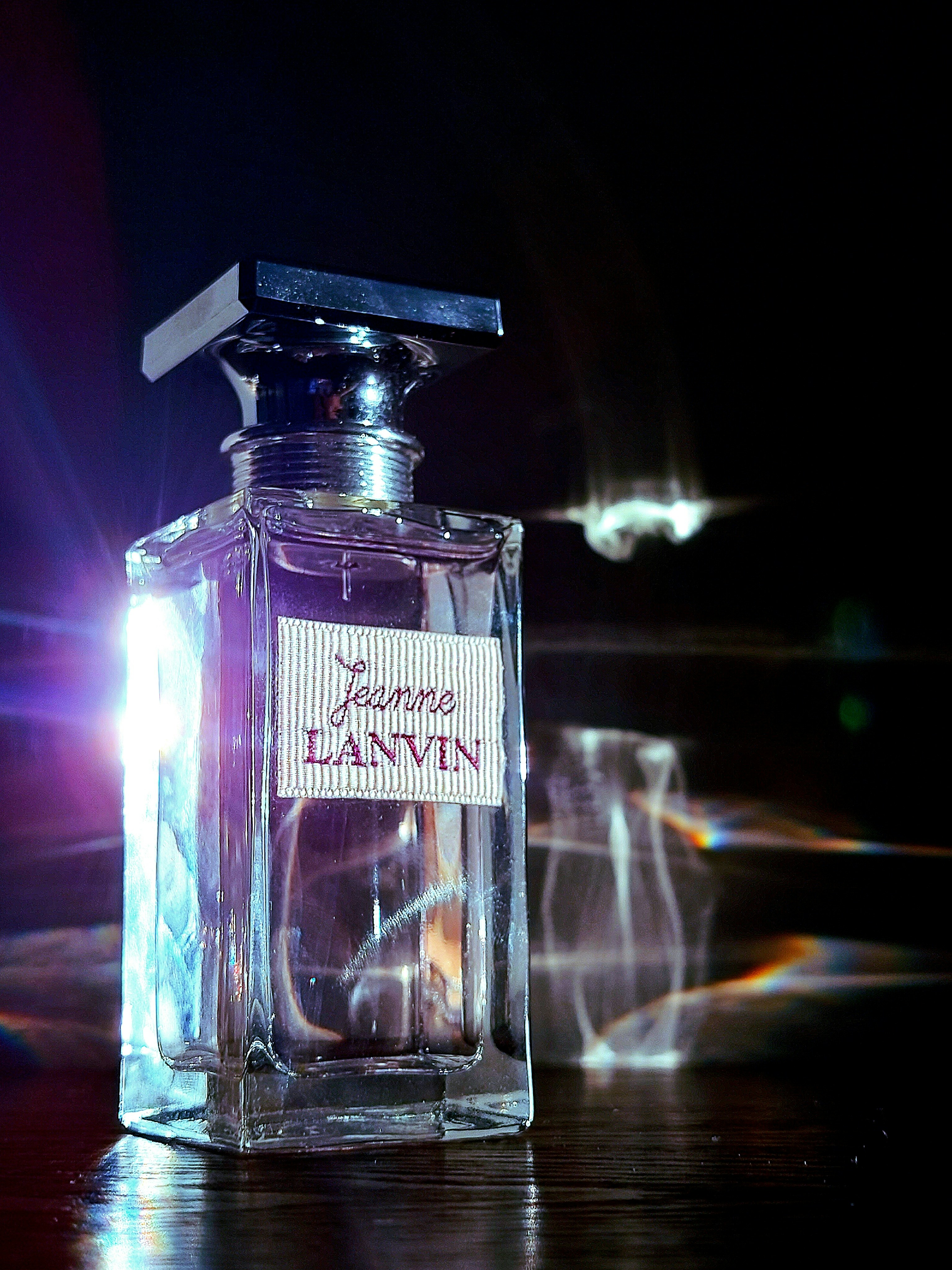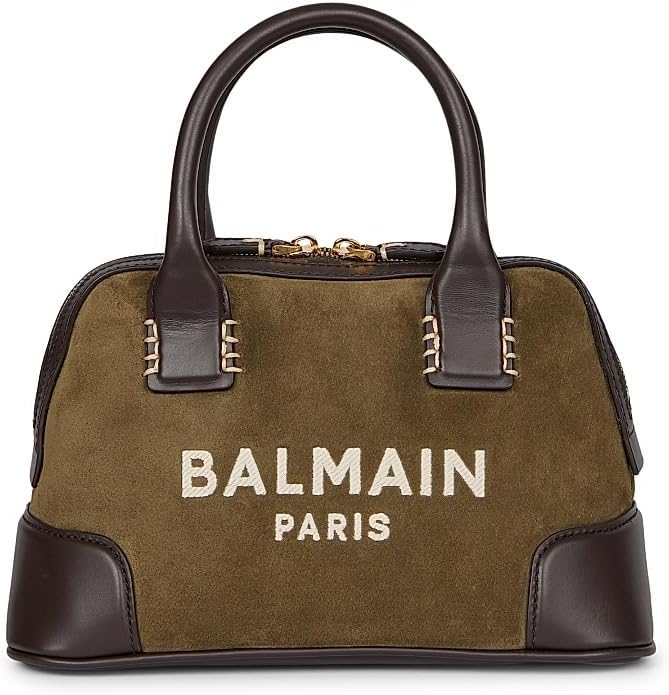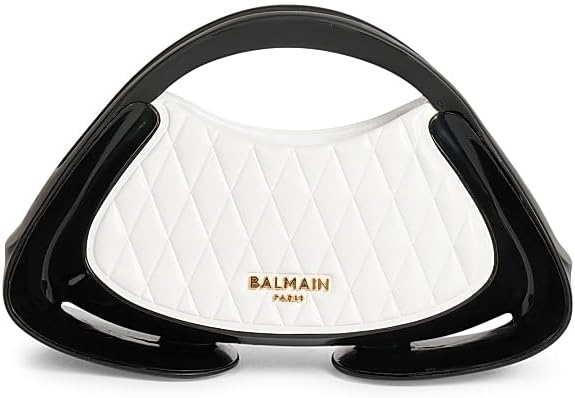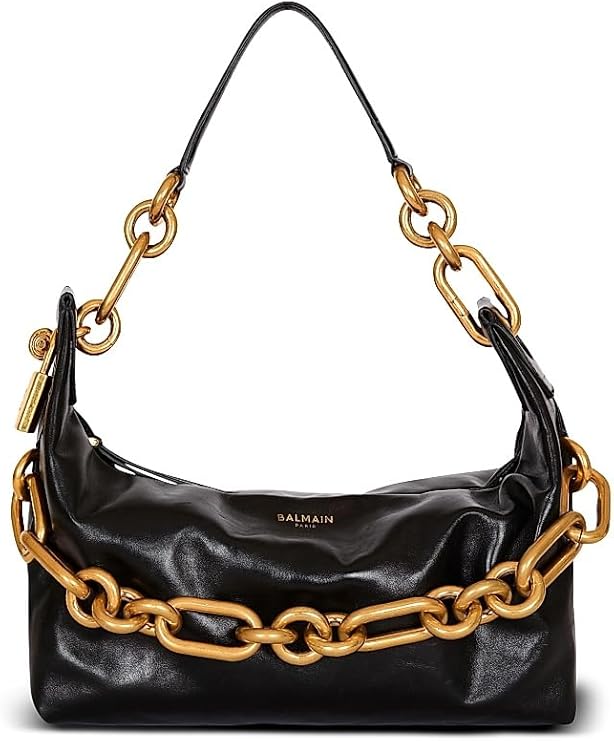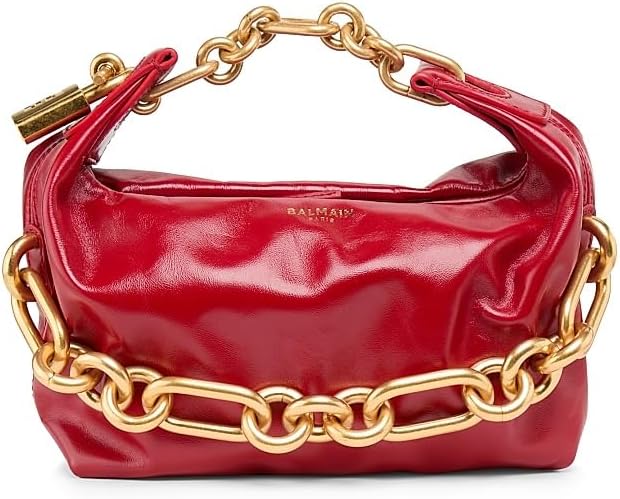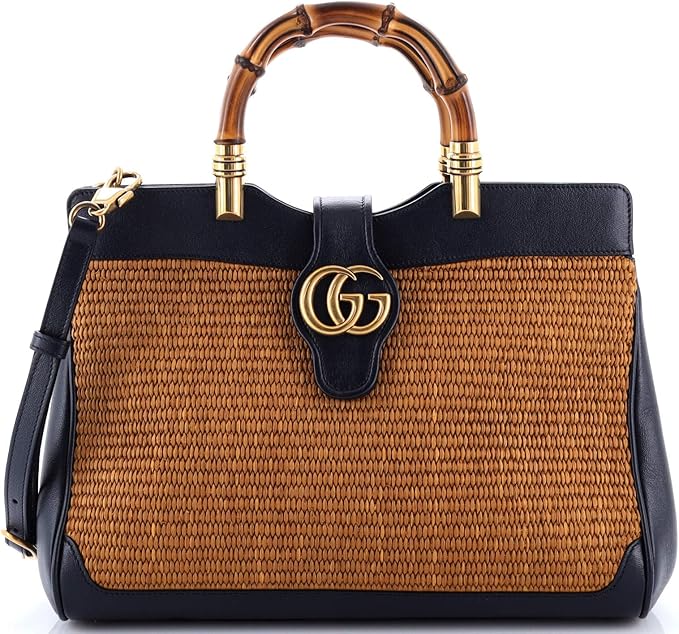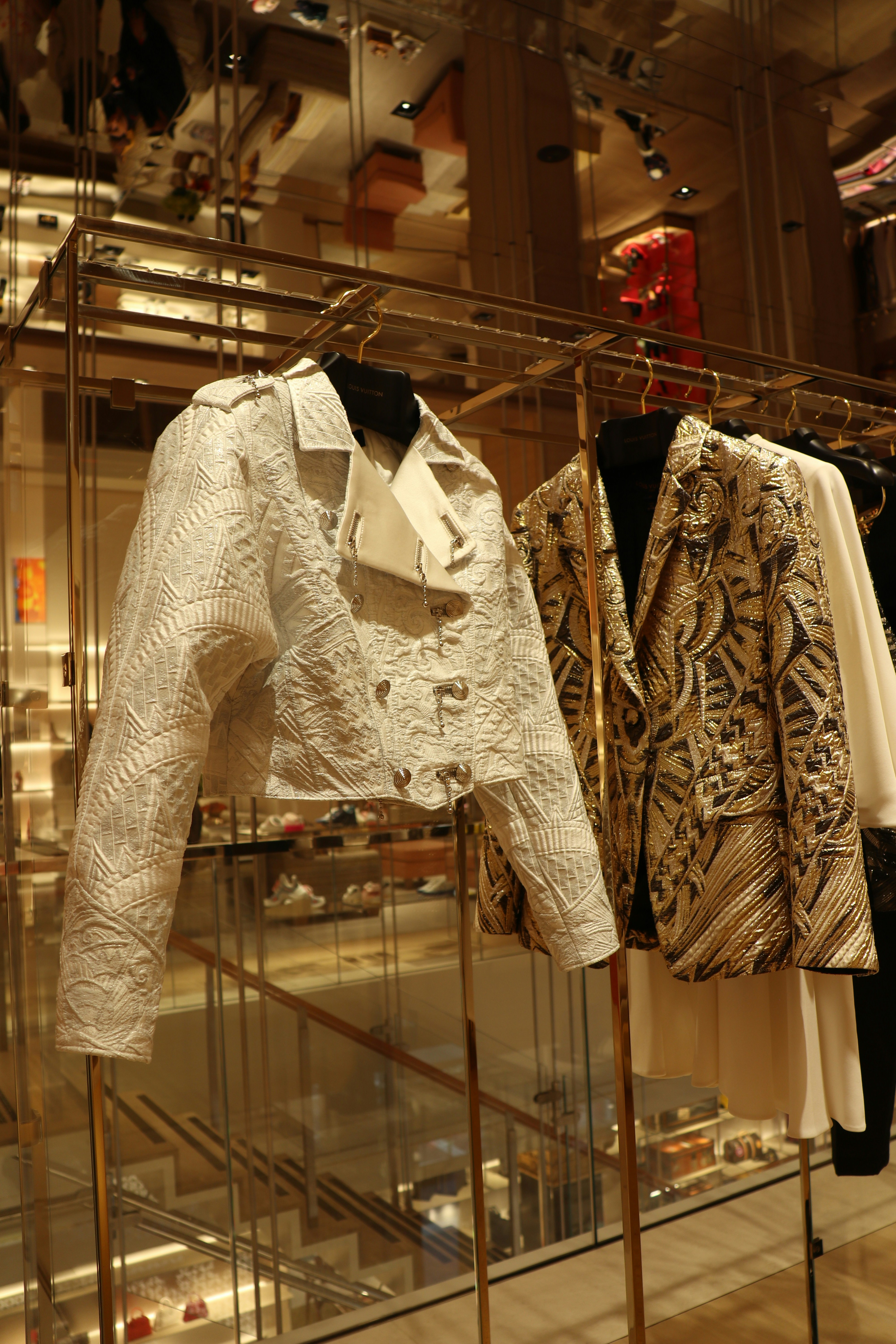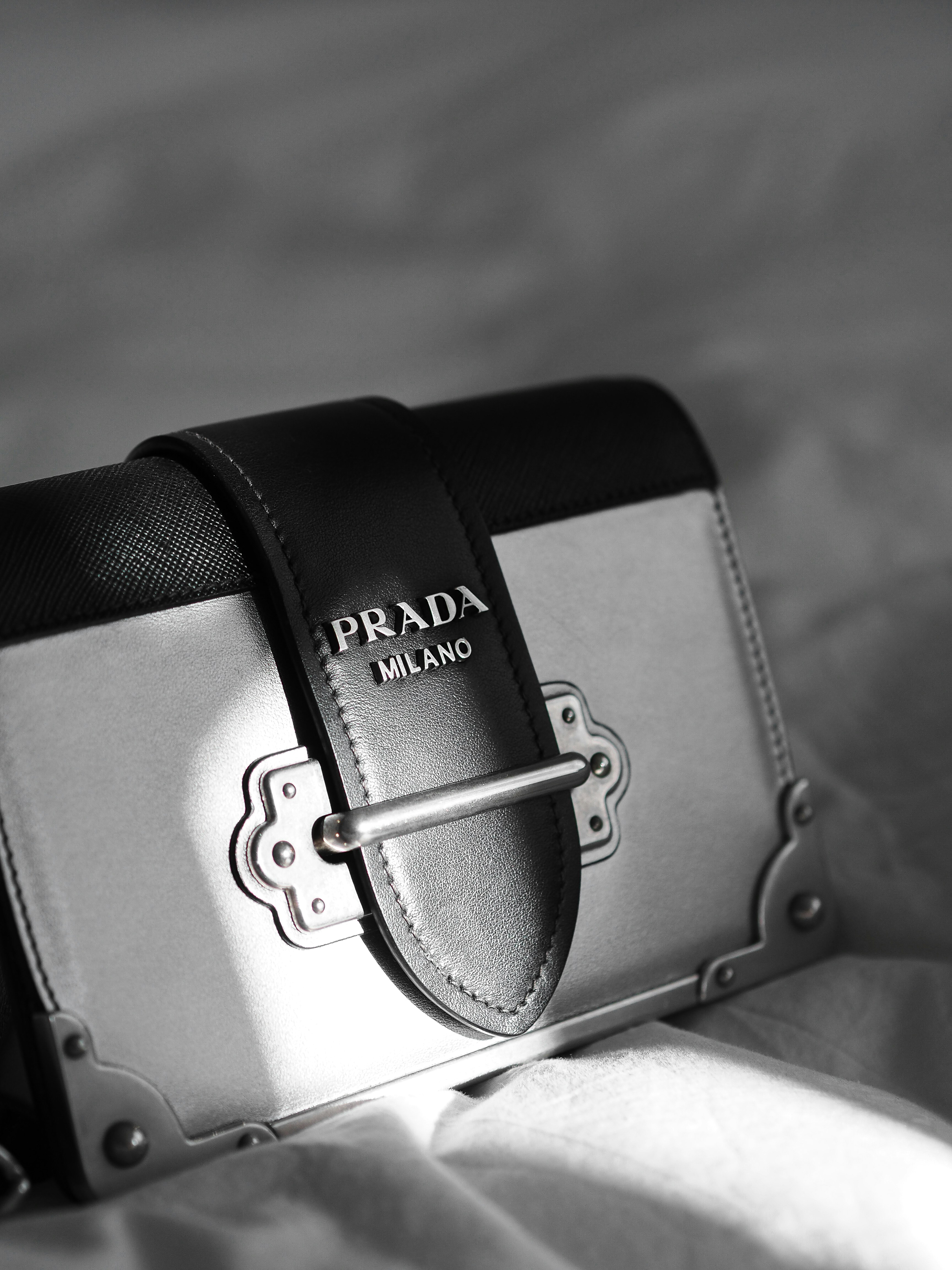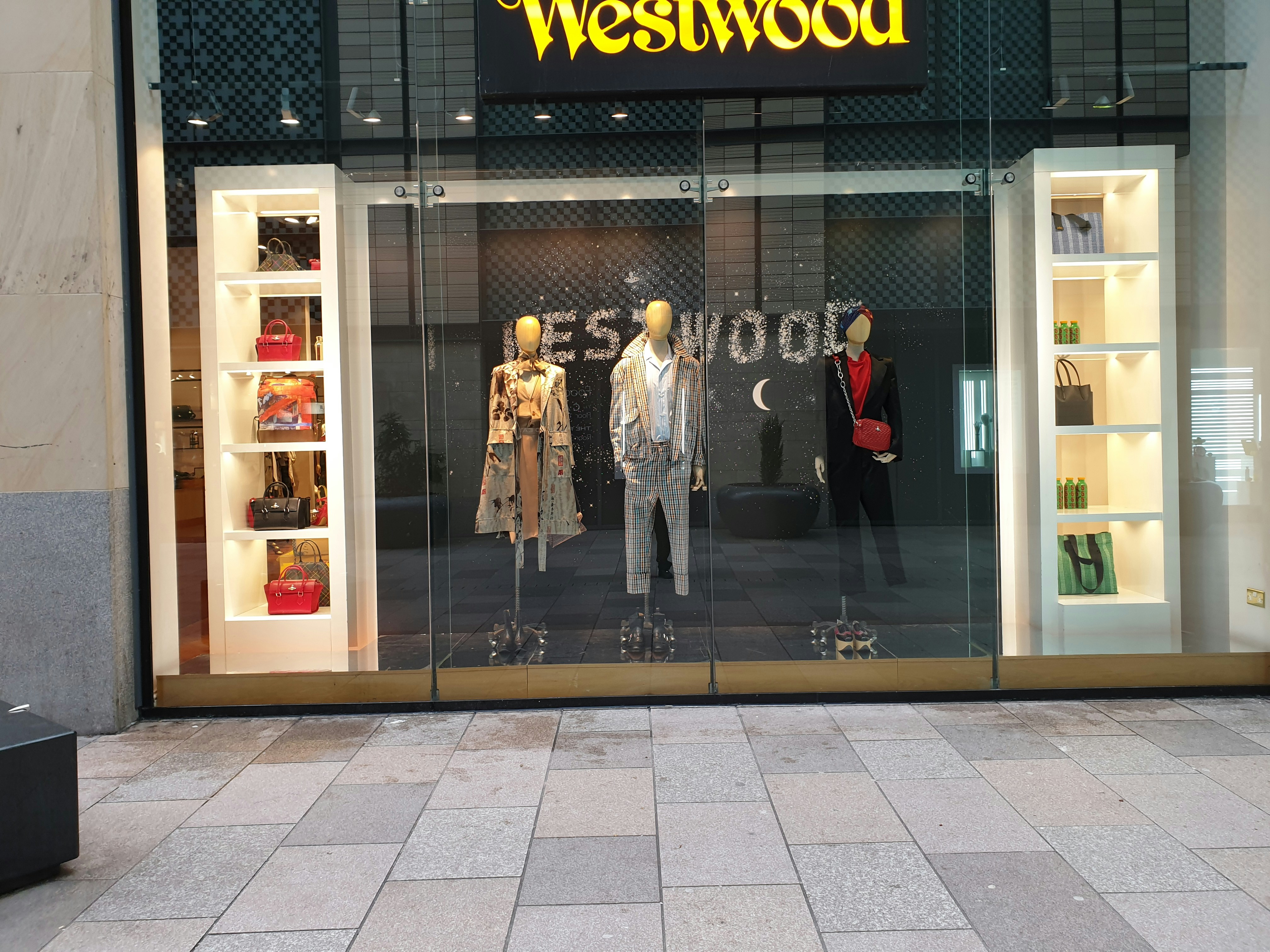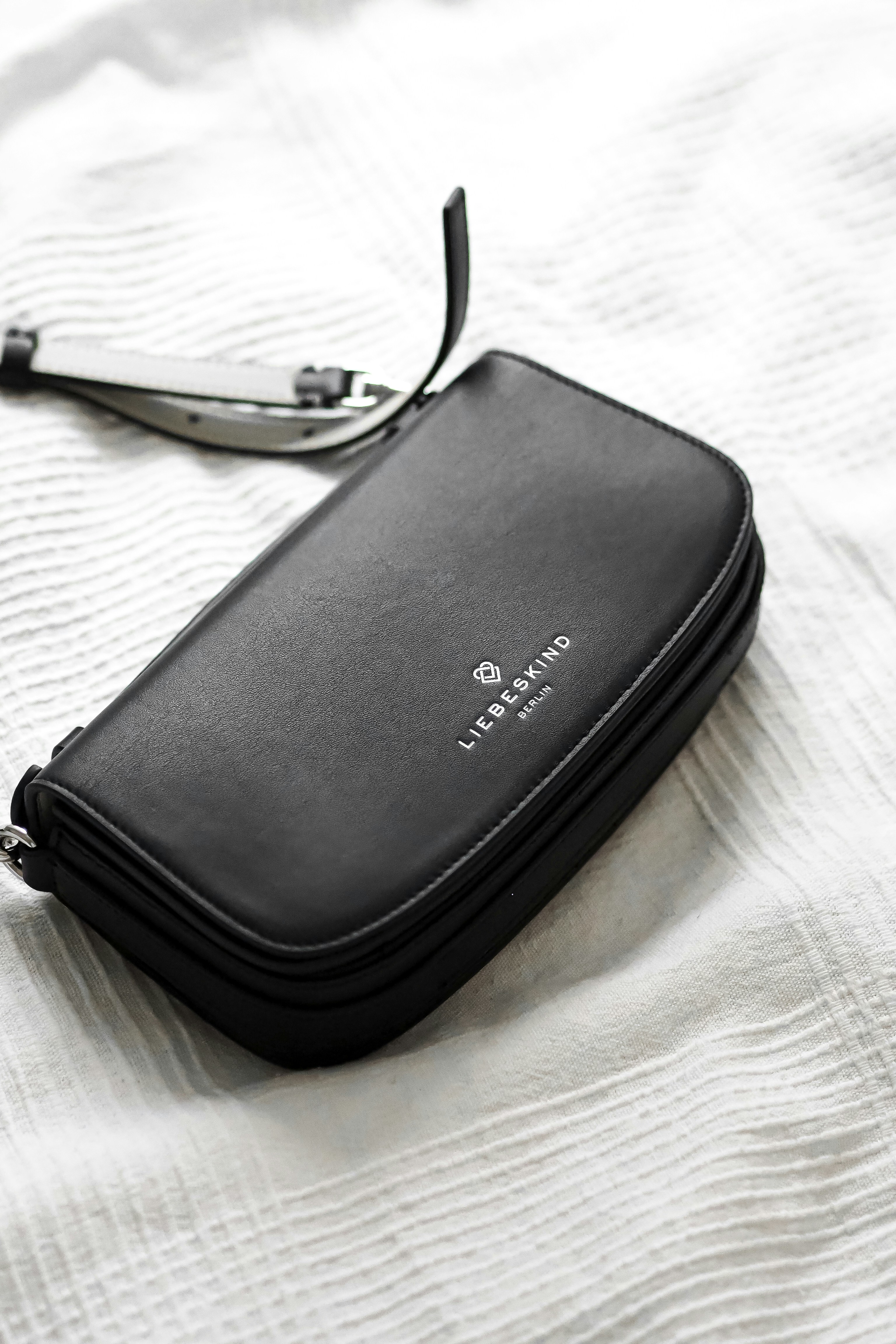Founded in 1889 by the visionary Jeanne Lanvin, Lanvin stands as the oldest fashion house in France. Its origins are rooted in a modest background, where Jeanne began her career as a milliner, designing exquisite hats that garnered attention in Paris’s budding fashion scene. Her innate design talent and keen sense of aesthetics quickly paved the way for her transition from a hatmaker to a full-fledged fashion designer. By the early 1900s, Jeanne showcased her first clothing collection, primarily focused on elegant dresses for women and children, capturing the essence of femininity and sophistication.
The early days of Lanvin were marked by a profound commitment to craftsmanship and detail. Jeanne Lanvin’s designs were characterized by the intricate use of fabrics, delicate embroideries, and innovative silhouettes, which set new standards within the industry. As her clientele grew, so did the brand’s reputation, allowing Lanvin to establish a prominent presence in the Paris fashion scene. This rise to prominence culminated in the 1920s, when Lanvin gained international acclaim, becoming a leading name in couture and influencing the trajectory of women’s fashion during this era.
Certainly, Lanvin’s legacy is intertwined with its pioneering spirit. The brand was ahead of its time, challenging conventional norms and introducing modernity to women’s wardrobes. Jeanne’s focus on collaboration between fashion and art is noteworthy, as she famously worked alongside various artists and decorators to create harmonious collections that blurred the lines between fashion and fine art. As the oldest French fashion house, Lanvin has not only shaped the trends of its time but has also set a benchmark for future generations, ensuring its enduring influence in the luxury fashion market.
Lanvin’s Signature Style: Feminine Elegance and Draping
Lanvin, the oldest fashion house in France, has long been recognized for its distinctive design aesthetic, characterized by a hallmark feminine elegance that sets it apart from contemporaries. Founded by Jeanne Lanvin in 1889, the brand embodies a unique artistry, with its garments often showcasing the seamless blend of sophistication and grace. One of the key techniques that underscores this aesthetic is draping, a skill that Lanvin mastered to create beautifully flattering silhouettes that enhance the female form.
The art of draping involves the strategic placement of fabric on a dress form to define shape and movement, a method that allows the wearer to experience both comfort and allure. Lanvin’s use of flowing materials, such as silk and chiffon, results in designs that are not only visually stunning but also create a sense of fluidity. Iconic pieces, such as the famous ‘Lanvin dress’, exemplify this technique – featuring soft, cascading layers that evoke a sense of romanticism and dynamism. The graceful lines of these dresses have made them timeless staples in the wardrobes of many, transcending seasons and fashion trends.
Jeanne Lanvin’s vision of melding artistic inspiration with practical wearability continues to resonate within the brand today. Contemporary interpretations of her designs often revisit the concept of feminine elegance through innovative draping techniques, breathing new life into classic styles. Designers within the house uphold her legacy by crafting modern pieces that pay homage to her commitment to artistry while catering to the evolving tastes of today’s fashion-conscious consumers. Lanvin’s signature style remains a powerful influence, showcasing that true elegance is achieved through the mastery of draping and an unwavering understanding of feminine beauty.
The Lanvin Group: Expanding the Legacy
The Lanvin Group has undergone a significant evolution since its establishment in 1889, emerging not only as a symbol of French luxury but also as a testament to the resilience and adaptability of heritage brands. Over the years, the Group has navigated through various changes in ownership and leadership, often responding dynamically to the evolving landscape of the fashion industry while adhering to its founding values of creativity and artistry. This adaptability has been crucial in sustaining its relevance across generations.
In recent years, the Lanvin Group has launched collections that reinterpret its iconic designs for contemporary audiences. Collaborations with modern artists and designers have aimed to create a bridge between classic elegance and current trends. These partnerships reflect a strategic shift to modernize the brand’s appeal while upholding its unique aesthetic. Collections have incorporated fresh color palettes, innovative materials, and updated silhouettes that resonate with both longstanding fans of Lanvin and new customers seeking a blend of tradition and innovation.
Additionally, the Lanvin Group has embraced digital transformation, leveraging social media and online retail platforms to enhance customer engagement. This shift has led to increased visibility and accessibility, allowing the brand to connect with a younger demographic that prioritizes both style and sustainability. By adapting to new consumer behavior and fashion trends, Lanvin continues to preserve its identity while evolving to meet the expectations of today’s market.
Ultimately, the Lanvin Group stands as a paragon of how heritage can harmoniously coexist with modernity. As it moves forward, the brand not only honors its storied past but also positions itself for future growth and innovation, cementing its legacy as a leader in the world of haute couture.
The Future of Lanvin: Innovations and Trends
As Lanvin navigates the contemporary fashion landscape, it is embracing innovation while staying rooted in its rich heritage. The brand is responding to the increasing demand for sustainability, which has become a pivotal concern for modern consumers. Strategies focusing on eco-friendly materials and ethical production practices are at the forefront of Lanvin’s future direction. This aligns the brand with the evolving values of its clientele, particularly the younger generation, who prioritize sustainability in their purchasing decisions.
In addition to ecological considerations, Lanvin is also actively exploring inclusivity within its offerings. By diversifying its sizing and expanding its product lines, the house aims to cater to a wider audience, reflecting the belief that luxury fashion should be accessible to all. This commitment to inclusivity not only enhances the brand’s appeal but also reinforces its relevance in today’s marketplace, where diversity and representation are crucial.
The evolution of technology is another significant aspect of Lanvin’s future. The fashion house is investigating innovative fabrics and smart textiles that not only elevate the aesthetic quality of garments but also enhance their functionality. Such innovations redefine what constitutes luxury in fashion, bridging the gap between classic elegance and modern practicality. This blend of tradition and progress allows Lanvin to maintain its esteemed status while appealing to a contemporary audience.
Additionally, the house is leveraging digital platforms to connect with consumers directly, providing an immersive experience that transcends traditional retail. Social media campaigns, virtual fashion shows, and online exclusives serve to engage a new generation, ensuring that the legacy of Lanvin continues to thrive. By striking a balance between its storied past and forward-thinking innovations, Lanvin is poised to not only remain relevant but also to lead the charge in shaping future trends within the fashion industry.

